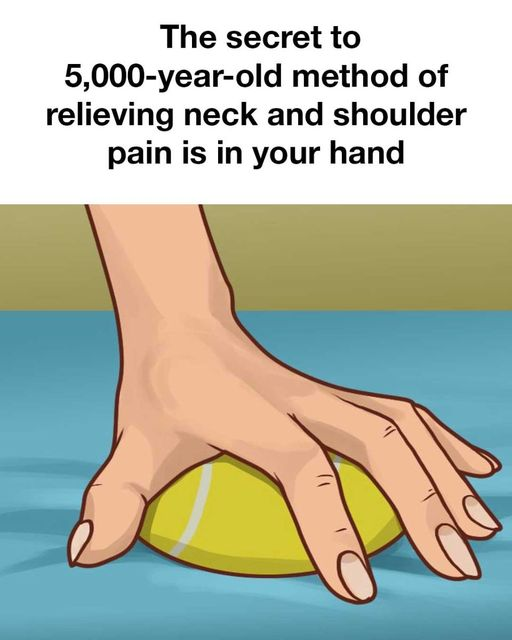ADVERTISEMENT
For thousands of years, cultures around the world have been ingeniously developing methods to alleviate bodily pain. Ancient practices such as acupuncture, cupping, and other forms of massage have stood the test of time due to their efficacy in treating pain and improving physical well-being. These methods, often founded on the belief of balancing body energy, serve as precursors to modern physical therapies and remind us of the holistic approaches to health that predate contemporary medicine.
Understanding Neck and Shoulder Pain: Causes and Effects
Neck and shoulder pain are common ailments in today’s world, often caused by poor posture, prolonged sitting, stress, or repetitive motions. These issues can arise from muscle strain, tension, and even chronic conditions such as arthritis. Not only does this pain impact physical health, but it can also affect mental well-being, leading to difficulty in concentrating, poor sleep, and overall reduced quality of life.
Advertisement
Exploring the 5,000-Year-Old Method
One of the ancient methods of relieving body pain involves using pressure to dissipate tension, such as techniques utilized in traditional Chinese medicine, including Tui Na massage and acupressure. These practices focus on activating specific points on the body to release energy blockages and facilitate healing, promoting both physical and energetic balance.
The Modern Twist: Using a Tennis Ball for Pain Relief
Incorporating tools like a tennis ball provides a modern approach to these ancient techniques. The compact and firm nature of a tennis ball makes it an ideal tool to apply controlled pressure to targeted areas of the body, essentially acting as a self-administered deep tissue massage. This simple, readily available item can be used to mimic the effects of manual therapy, allowing individuals to address tension and pain in the comfort of their own home.
How to Choose the Right Tennis Ball for Pain Relief
Choosing the right tennis ball for therapeutic use involves considering the firmness and texture. While standard tennis balls are sufficient for most people, those with sensitive muscles might prefer balls with a slightly softer feel to prevent excessive discomfort. Additionally, tennis balls with a textured surface can provide extra grip against the skin, offering improved control and focus on problem areas.
Step-by-Step Guide to Relieving Neck and Shoulder Pain with a Tennis Ball
Begin by locating a comfortable space, preferably on the floor or a firm surface. To relieve neck pain, place the tennis ball between the neck and a supportive surface, gently rolling it back and forth to target tense areas. For shoulder pain, position the ball between your shoulder blade and a wall, using controlled movements to massage the discomfort away. The key is to apply gentle pressure and gradually increase intensity based on comfort.
Precautions and Safety Tips
While using a tennis ball for pain relief is generally safe, it is crucial to understand personal limits to prevent injury. Avoid applying excessive pressure on bony areas or directly over joints. If pain persists or becomes severe, discontinue use and consult a healthcare professional. It’s also advised to perform these exercises on softer surfaces initially to prevent any unintended discomfort.
The Science Behind Tennis Ball Therapy
The effectiveness of using a tennis ball for pain relief lies in the principles of myofascial release and trigger point therapy. By applying direct pressure to tight muscles, the ball helps to release knots, improve circulation, and encourage muscle relaxation. This form of self-massage stimulates blood flow and increases the range of motion, similar to how a professional massage operates.
Success Stories and Testimonials
Emma, a devoted desk worker, struggled with chronic shoulder pain. After incorporating tennis ball exercises into her routine, she reported remarkable improvement in her mobility and reduction in pain. Similarly, John, an athlete recovering from a neck injury, found using tennis ball therapy accelerated his return to peak performance levels. Countless stories echo these successes, illustrating the potential benefits of this simple yet impactful technique.
continued on next page
